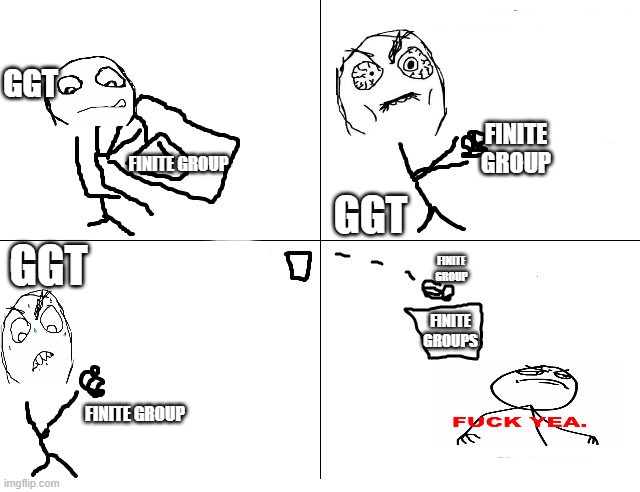I mean, I guess I can say that the complexity of isomorphism types of finite groups of a given order depends on the prime factorization of that order and also that solvable groups are, in a sense, made up of abelian groups, so Burnside's theorem says that groups not too complex in some sense are kinda nice in another sense, but this is massive handwaving and not meaningful to anyone who doesn't already understand it.
Also, the complexity depends, roughly, not only on the number of prime factors, but also their exponents, which can still get arbitrarily high for the fixed prime pair in Burns…

